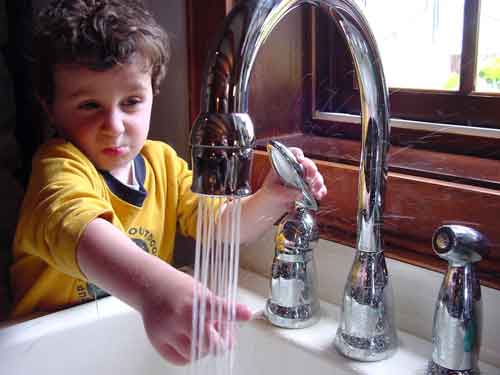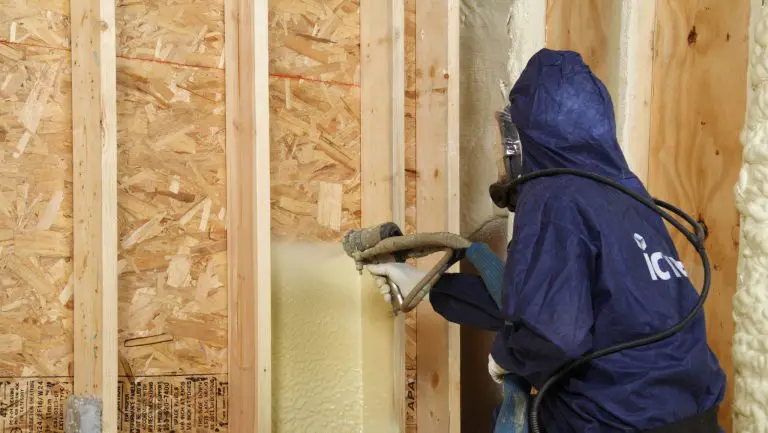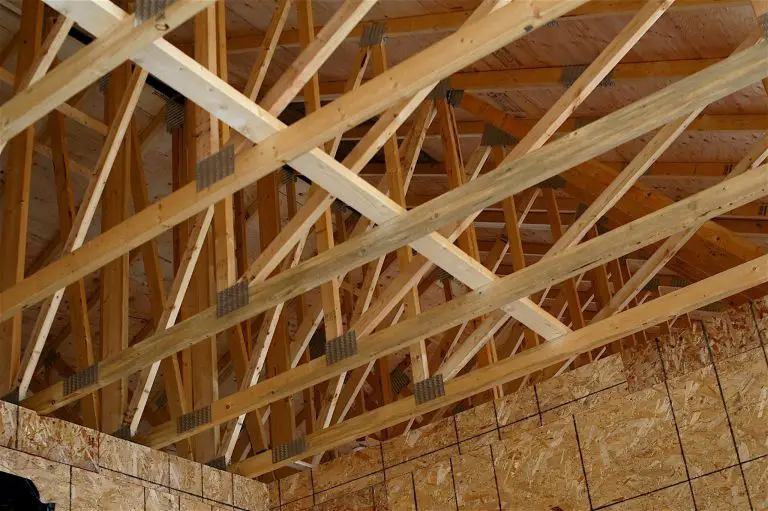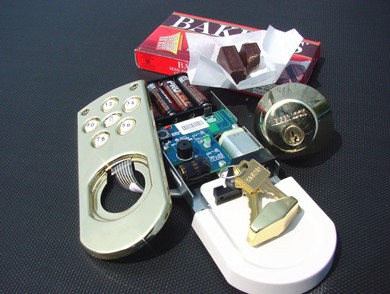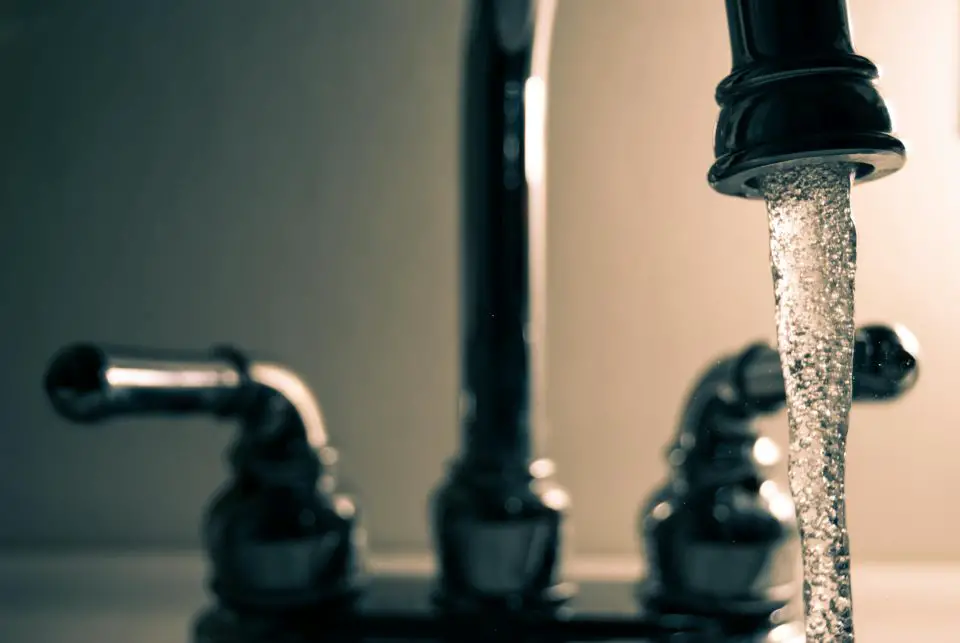
If you rely on a private well for drinking water, you’ve probably taken steps to make sure it’s safe. Maybe you’ve installed a sediment filter, added a UV system, or upgraded to a multi-stage filtration unit. These are smart precautions, but they can’t catch every threat. Certain industrial chemicals, solvents, and other persistent contaminants can slip past filters undetected and remain in your water for years.
The danger becomes real when you consider what’s happened in places like Camp Lejeune and other military bases, where communities trusted their infrastructure only to find out, decades later, that the water they drank was laced with toxic substances. Homeowners who live miles from any industrial site aren’t immune, either. Contaminants can travel through groundwater, leach from old tanks, or enter through runoff—especially in rural areas where regular testing may be infrequent.
What keeps your water truly safe isn’t just the hardware under your sink. It’s knowledge, vigilance, and action when warning signs appear.
The Problem with “Safe” Water
Most people trust that if water looks clear, smells fine, and passes through a filter, it’s safe to drink. But safety isn’t always visible. Some of the most harmful substances—like per- and polyfluoroalkyl substances (PFAS), trichloroethylene (TCE), and benzene—are tasteless, odorless, and incredibly difficult to remove with standard home systems.
These chemicals often originate from fuel spills, industrial degreasers, firefighting foams, and solvent-based waste. Once they seep into the ground, they can stay there for decades, slowly migrating through aquifers until they reach your well. A filter designed to catch sediment or improve taste won’t necessarily block them. Even more advanced systems, like reverse osmosis or activated carbon filters, have limits in what they can trap, and they’re only effective if properly maintained and matched to the contaminant.
In many rural homes, water is tested when the system is installed and rarely revisited unless there’s an obvious problem. That leaves room for long-term exposure to build up silently. The appearance of safety, reinforced by clean-tasting water and high-end equipment, can lull homeowners into a false sense of confidence.
Real-Life Case Study: Military Base Contamination
From the 1950s through the 1980s, residents and service members stationed at Camp Lejeune, a U.S. Marine Corps base in North Carolina, unknowingly drank and bathed in water contaminated with industrial chemicals. The contamination included substances like perchloroethylene (PCE) and trichloroethylene (TCE), both used in dry cleaning and degreasing. These compounds are linked to serious health issues, including various cancers, congenital disabilities, and neurological disorders.
The alarming part isn’t just the presence of the chemicals; it’s how long they went undetected. Despite having infrastructure, maintenance, and oversight, the contamination persisted for decades before action was taken. If such oversights can occur within a regulated environment like a military installation, it’s not difficult to imagine how easily they can happen on private land with no formal oversight.
The military base water contamination lawsuit brought national attention to this issue, pushing for accountability and compensation for those exposed. But for rural homeowners, it also serves as a warning. A water system can appear to be working perfectly while quietly exposing its users to long-term health risks. The lesson isn’t limited to bases and barracks. It applies anywhere groundwater is the primary source of drinking water.
What Homeowners Can Learn from These Cases
What happened at Camp Lejeune and other military bases wasn’t an isolated failure. The same vulnerability exists for anyone depending on groundwater. Whether it’s a dug well beside a century-old farmhouse or a deep-drilled well in a modern off-grid setup, the risks are real if water is taken for granted.
Filtration and treatment should never replace regular testing. Filters can degrade, lose effectiveness, or fail to address certain contaminants altogether. And no system, regardless of its sophistication, can compensate for a lack of awareness.
Annual water testing is critical, especially for those who live near old gas stations, agricultural zones, industrial sites, or even landfills. Certain contaminants—like volatile organic compounds (VOCs), nitrates, or heavy metals—can enter the water supply slowly and build over time. They often cause no noticeable change in water quality. According to the U.S. Environmental Protection Agency, private wells can be affected by contaminants such as nitrates, heavy metals, and volatile organic compounds—many of which come from agricultural runoff, septic systems, or industrial waste and may pose serious health risks over time.
Another important point: home filters are not one-size-fits-all. A UV system can neutralize bacteria, but won’t touch chemicals. Sediment filters can improve clarity without affecting toxicity. Understanding the specific risks in your area can help guide which systems are appropriate—but only if testing reveals what’s actually present.
What to Do If You Suspect a Problem
If you’re concerned about your water, whether due to a change in taste, an unusual odor, or simply the age and location of your system—start with a comprehensive water test. Local health departments or certified labs can test for a wide range of contaminants, including heavy metals, volatile organics, and bacteria. Skip the basic home test kits sold in hardware stores; they may be fine for pH and hardness, but can miss more serious threats.
If your test results show anything questionable, take immediate steps. Avoid using the water for drinking or cooking until you’ve addressed the issue. In some cases, boiling won’t help. Many chemical contaminants are not removed by heat and may even become more concentrated.
Next, contact a local water treatment professional who understands your area’s geology and contamination risks. Upgrading your filtration system may be necessary, but it’s also important to consider whether the problem is external. If you suspect a nearby industrial site, farm operation, or old underground tank could be responsible, you might also need to speak with an environmental consultant or legal expert.
There are cases where testing leads to larger questions about accountability and compensation. If others in your area are experiencing similar issues, the cause may extend beyond your property line.
Conclusion: Take Control Before It’s Too Late
Most people assume clean water is fine as long as it’s clear, cold, and filtered. But assumptions can be costly. Many harmful contaminants don’t change the way water looks, smells, or tastes, and some of them can pass through standard filters without much resistance. If you rely on a private well, you should test your water once a year—just as you might check your roof for damage or inspect your chimney for buildup. Understanding what’s in your water, how it’s getting there, and how best to remove it should guide every decision you make about treatment.
If you’re rethinking how your water is treated, it’s worth looking into some of the key considerations for home water purification, especially when basic filtration alone may not address health risks. A safe water supply isn’t something to set and forget. Like the rest of your home, it needs attention, awareness, and the willingness to ask whether what you have is truly doing the job.








